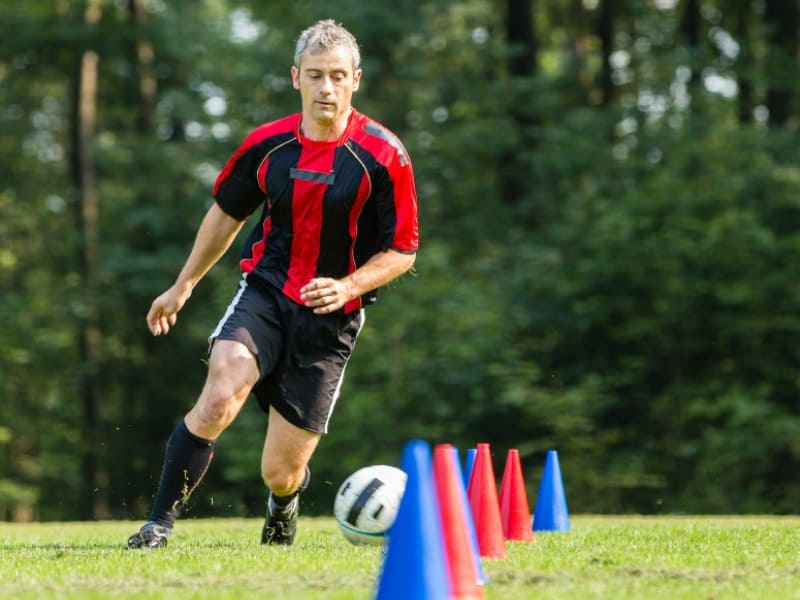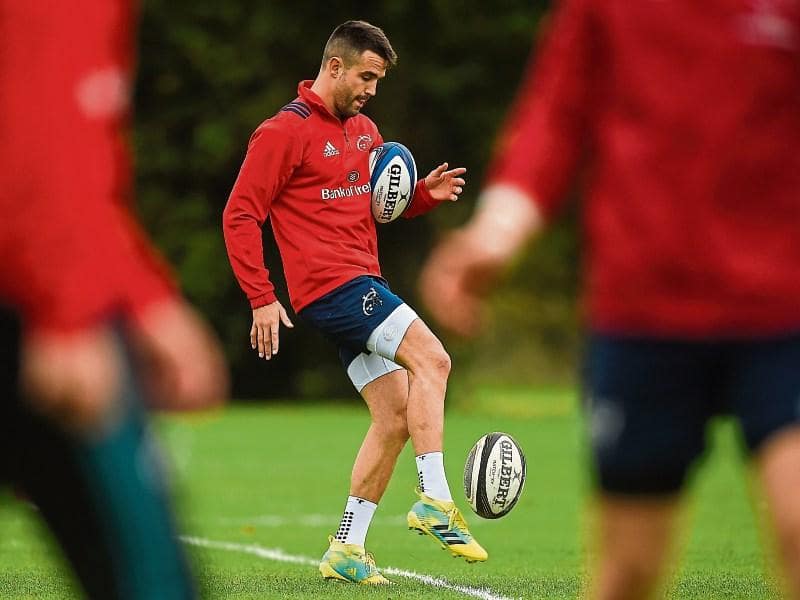
If you’re a coach, you’ve certainly heard about functional football training. Many teams already adopt this type of training in the physical preparation of their athletes and the result is usually positive.
It’s common for people to think that functional training is something new. In fact, in Brazil, it has gained strength and become popular in the last 10 years. However, since the this protocol has been tested and used around the world.
In football, the functional is an excellent option to seek the excellence of performance of the athlete, in addition to preventing muscle and joint injuries. Were you curious to understand more about how functional football training works? Then just keep following the post!
Discover what functional training is
Functional training is a comprehensive training, capable of working several valences necessary for the good performance of an athlete. Among them, strength, power, speed, strengthening of the central region of the body (CORE), agility, posture and proprioception.
The big difference from him to other protocols is that the functional one does not use machines. The exercises are performed with the body itself or with the help of free weights and accessories. This detail is what makes the functional training so efficient.
When exercising with free weights, the body is trained in a homogeneous way. Many muscles are required to do a squat with the bar on the back without using the machine. In other words, there is no strengthening of an isolated musculature
In this case, the quadriceps is the most activated musculature, but besides it the posterior part of the thigh, the CORE, among others, are required to maintain the posture and ensure good movement.
Learn more about the functional training for football
As we have seen, functional training works the whole body, without isolating a musculature. Therefore, it is possible to develop a training focused on the movements of football, to strengthen the musculature most required during the game and train the other skills required in the match.
A functional football training can be thought out and divided into stages:
Proprioception can be part of the warm-up and first movements of the training, preparing the joints and muscles to act when they are required soon after.
After that, the trainer can add the exercises of strength, power and CORE. It is interesting that they come before the activities of speed and agility, so that the athlete can make movements with weights without being tired. This decreases the chances of possible injuries.
- Proprioception
Proprioception training is usually used in injury recovery. However, it can also be present in functional training precisely to prevent injuries from happening.
Training proprioception is nothing more than strengthening the joints, which are responsible for connecting the muscles to the bones. In football, three important joints are required at all times: the ankle, the knee and the hip.
Strong joints are those that have greater mobility and, as a consequence, less risk of breaking. Functional training provides an improvement in mobility, since it requires the body to make several large movements, since there is no limitation of the machine.
- Strength and power
Strength and power exercises are those designed to improve strength and muscle performance. They should be done with free weight, elastic bands, medicine ball, etc. From these exercises the athlete becomes stronger, more powerful and resistant. This muscular strength, besides giving an advantage in the body to body dispute, also avoids injuries.

To exemplify, we can talk about an action that happens a lot in football: the sprint movement (fast running) with sudden stops. When braking the movement in speed, the musculature is very demanded. Those athletes who do not have a good strengthening end up breaking some ligament or having muscle stretches more often.
- CORE
Besides strength, functional training also allows the work of the CORE, which is not possible to do in a weight training machine. The CORE is the central region of the body, filled by the abdominal, pelvic and lumbar muscles.
It is what provides stability to the body during the intense movements that occur in a football match. A slightly strengthened CORE ends up generating compensations, compromising other parts of the body.
- Speed and agility
After getting strong and with a strong central region, the footballer needs to be fast and agile. These two aspects are also explored and trained in the functional.
This part of the training is known as the metabolic part, because it is during that moment that there is a cardiorespiratory elevation. It would be like comparing the physical training part in a common training.
To gain speed and agility through functional training for football, athletes perform exercises with cones, naval rope and jumping boxes.
Know the benefits of this strategy
The main benefit of functional training is body and muscle chain balance. Due to the fact that it does not train isolated musculatures, the functional one provides this harmony and reduces the risks of injury.
This factor, besides being very important, is determinant to guarantee the success in the athletes’ career. An injury in the sport means weeks or months stopped and a big setback in training.
Another important point that can be attributed to this training is that it can be done anywhere. When the team travels, it is not necessary to be in a place with a gym to perform the physical and strength training. With some materials, rubbers and with the weight of the body it is already possible to carry out a very complete training.
Check out some exercise tips for athlete preparation
If you’ve come this far it’s because you’re really concerned about the athlete’s physical preparation and interested in implementing functional football training. To give you a little more help we will show you some exercises that can be present in your planning. Make a note of them!
Stiff
Most of the time, when a football player is injured, the problem occurs at the back of the thigh. The stiff is an exercise present in functional training and aims to strengthen the batibials.
To perform it it is necessary to keep the legs stretched (without bending the knee) and lower the torso until it is almost in a 90° position with the hip. Athletes in full physical shape can perform the exercise by holding weight.
Abduction with elastic
Another important musculature for football players are the adductor and abductor thigh muscles. With elastic you can exercise them anywhere. Attach a rubber band at the height of your ankles and make movements to open and close one of the feathers to the side.
Isometric board
The isometric board strengthens the entire CORE region, improves posture and balance. To do this exercise, the athlete must be in a ready position, raising the body with the support of the tip of the feet (which must be distant in the width of the hip) and of the forearms.
After establishing himself in the position, the player must maintain the support for a time, which varies from 15 seconds for beginners to more than one minute for trained people.
Functional football training is on the rise! So it’s great that you’re looking for more information on the subject. This is an attitude of a committed professional who is attentive to new trends in sports training.





